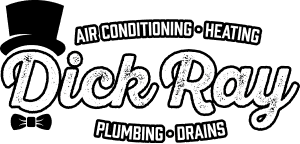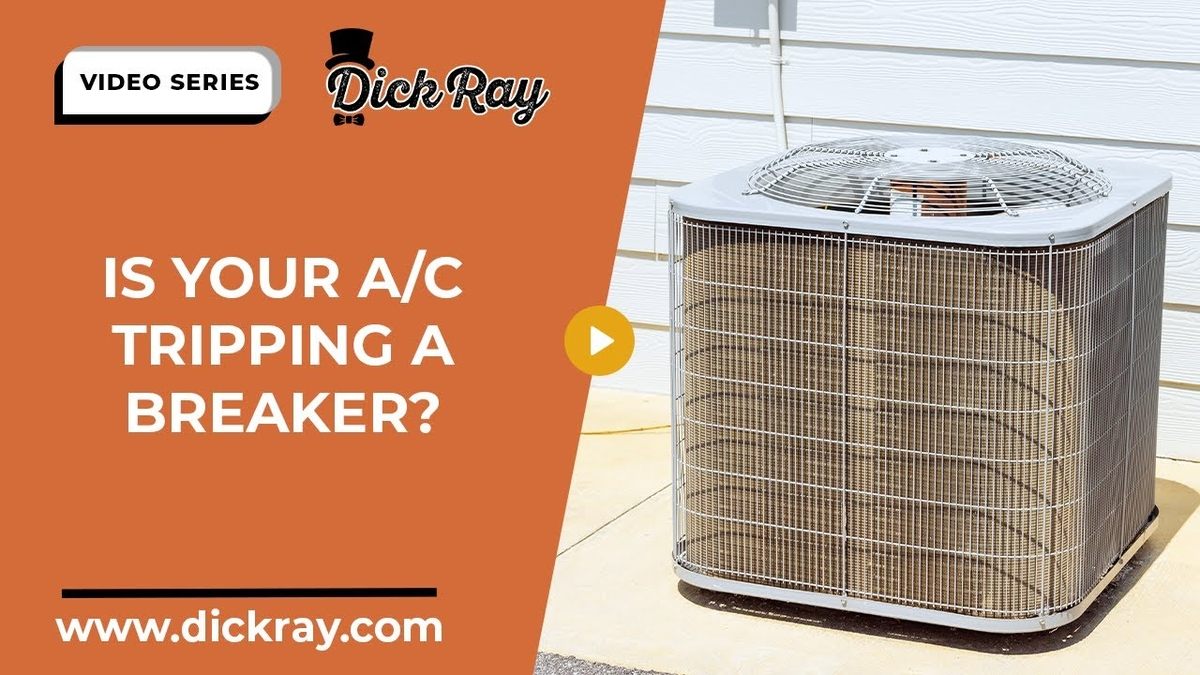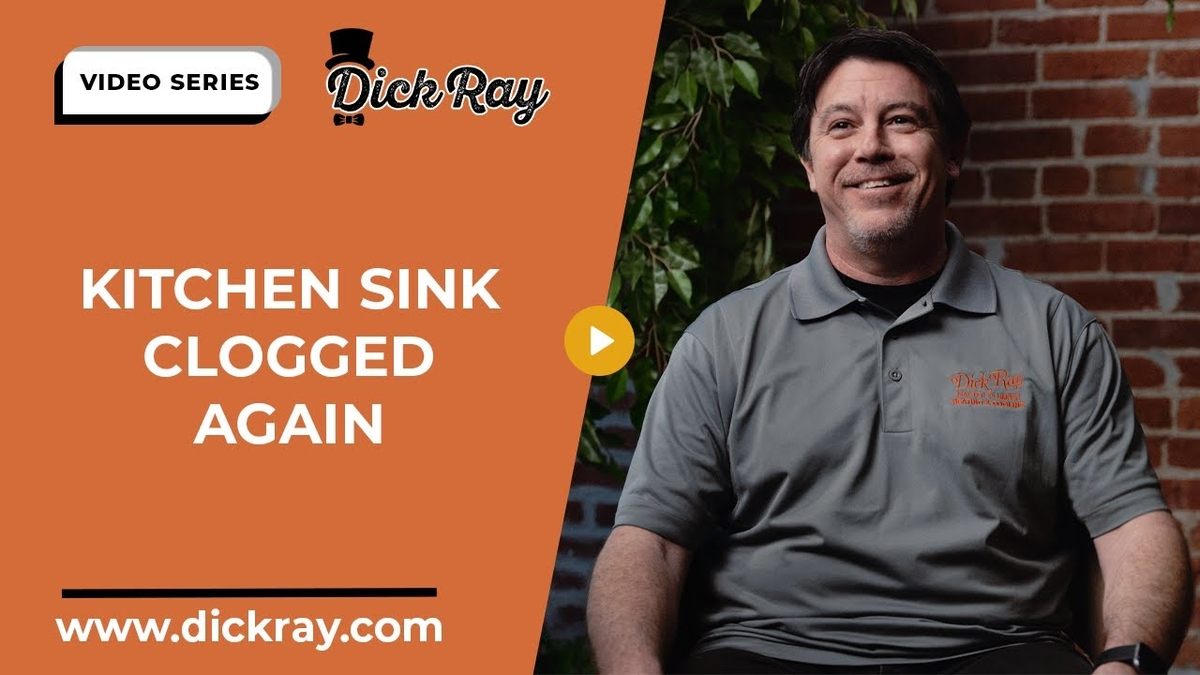Old homes are cozy and nostalgic, but they often come with plumbing that you’ll eventually need to replace. If you have an old house, inspect your plumbing to avoid damage down the road. Use this guide to help you navigate through the possible plumbing problems and solutions in your old house.
1. Galvanized Piping
Your home may have galvanized piping if it is from the 1960s or earlier. This type of plumbing consists of cast iron coated with a layer of zinc. As the zinc erodes, the pipe develops a sensitivity to corrosion. The aging pipelines fill with rust, tainting the quality of your water. As wear and tear break down your steel plumbing equipment, it becomes brittle and needs replacing.
You would know if you have galvanized steel pipes by inspecting the plumbing in your basement or crawl space. When you scratch a piece of a tube, the parts that fall into your hand should be silver-gray. A magnet would also stick to galvanized steel pipelines. Otherwise, you might have more updated copper or plastic pipes.
As you use the water supply in your home, you might notice some of the following signs that your old galvanized piping has deteriorated:
- A decrease in water pressure: When you take a shower or wash the dishes, you will notice that the flow isn’t as strongly as it used to. Your pipes may also make extra noise if there is a drop in water pressure.
- Yellow, rusty water: Turn on the faucet of your kitchen or bathroom sink and fill up a cup. Yellow water is a sign of iron in your pipelines.
- Rust on the exterior layer of your pipes: As you inspect the corners of your pipes, you might find signs of corrosion. Along with rust around the pipe joints, you may notice spots of rust along the pipelines themselves.
If you have old galvanized pipes, the only solution is to replace the plumbing system. Most plumbers only repair one piece at a time, but you should consider replacing the whole system to avoid flooding or water contamination.
2. Polybutylene Pipes
Homebuilders replaced copper with polybutylene (PB) as a pipe material in the 1970s and 1980s. PB was supposed to be the material of the future because of its affordability and ease of installation. Over the years, home builders have discovered that PB breaks down when exposed to excessive moisture. Old plumbing lines have the potential to burst and flood your living space.
A home inspector can detect a PB plumbing system in your house, but the law doesn’t require them to report it. As a result, your PB pipes might go unaddressed for several years. PB pipes look similar to those made from polyvinyl chloride (PVC), which are safe to have in your living space.
You would know if you have PB pipes by:
- The age of your home: If your house is from the 1970s, the 1980s or 1990s, there’s a chance you have PB pipes. A house built before 1970 might also have had PB pipes installed to replace those made from even older materials.
- The appearance of your pipelines: PB pipes are white or gray with a dull or matte finish. They are often thicker than most other types of plumbing, and they have a code beginning with the letters “PB” printed on them.
- Minor leaks: PB pipes can burst at any moment due to their vulnerability to moisture damage. Since they break down with excessive wear and tear, you may have some minor leaks in your pipelines before they burst.
- The flexibility of your pipes: Most pipe materials, such as copper or PVC, are rigid, but PB pipes are flexible and curved.
It’s best not to leave your PB pipes to chance. PB pipelines are unsafe to have in your home plumbing system because of their reputation for flooding. We recommend that you get your old house inspected to replace the piping and avoid further moisture damage.
3. Faulty Gas Lines
Gas lines develop problems as they age from poor soil conditions or the shifting earth that naturally takes place. Some of the issues you might find with your gas line include:
- Cracks or leaks: Metal gas lines can crack due to impact damage. Inspect your gas lines for exterior damage, including visible cracks on the surface.
- Corrosion or rust: Moisture buildup on your metal gas lines creates rust and corrosion over time. Check for dull brown spots around your gas pipes.
- A rotten smell or unpleasant symptoms: If you detect the stench of rotten eggs, your gas lines may have leaked. Sometimes, the scent is so faint that you don’t notice it at first. Instead, you would have physical symptoms, such as nausea, dizziness or fatigue. If you have these symptoms, consult your local plumbing company and seek medical attention.
- Hissing sounds: A faint hissing sound coming from your gas pipelines is the sign of a leak. You may also detect hissing from your gas-powered appliances. If you hear this sound, close the gas valve and call your local plumbing company to set up an inspection.
- An increase in the monthly gas bill: The more gas you use, the more you’ll have to pay. You may spend more in the winter if you have a gas-powered furnace. If you notice a spike in your gas bill, especially in the summer, you probably have a gas leak somewhere in your lines.
- Dying plants and vegetation: Chemicals in the gas can ruin your yard’s vegetation. Withering or decomposition of the plants in your backyard might be a sign that you have a gas leak.
Only a professional plumber can replace a faulty gas line. Call your local plumbing company to inspect and replace the gas lines in your old house.
4. Pipe Bellies
Houses, including the underground pipelines, naturally rise and fall through the surrounding soil. Pipes usually have a slope that allows gravity to control the flow of water and waste. New pipe material will maintain its shape, but outdated lines lose their durability after a while.
When a pipe buckles from poor installation, it forms a pipe belly — a low point that sinks below the surface. Pipe bellies settle after some time and restrict movement. As a result, pools form and collect waste and sediment.
You can detect pipe bellies with these issues in your plumbing system:
- Poor drainage: While you’re using the sink or the shower, you might notice the water clogs or drains slowly. These problems come from moisture accumulation at the bottom of the pipe belly.
- Slow draining toilets: As you flush the toilet, you may notice that it takes more time to drain. The belly has paused the stream of water, resulting in a buildup of waste.
- Clogged sewer lines: The final and most dangerous symptom of pipe bellies is the presence of clogged sewer lines. Needing to use a plunger to clear out the toilet is a sign that your sewer lines have a blockage. The drainage issues and waste from the bathroom have backed up your sewer.
A professional plumber can diagnose a pipe belly through routine inspection. Instead of digging through the ground to your underground pipes, they’ll send a camera through the pipe to detect a change in elevation. By taking a look at your pipelines, they can find blockages and figure out a solution for replacement.
If your pipes are outdated, the plumber will likely recommend that you replace the whole system. Proper installation and upgraded materials will prevent pipe bellies in the future.
5. Sewer Lines
Sewage issues with your old house come from the moisture running through your sewer lines. Sewer lines take the dirty water from your drains to the sewer main, down to a municipal treatment plant. These drains attract tree roots because of their heavy moisture. Growing tree roots can break through cast iron sewage systems, clogging up the lines. As a result, you’ll have complications with your toilet and other essential drains.
Along with tree roots, modern appliances can cause sewer line issues in older homes. When the builders designed your old house, they probably didn’t consider the water capacity for dishwashers and garbage disposals that houses have today. If you updated your appliances, your old sewage systems may not be able to keep up with the amount of water needed to power this new technology.
Your sewage lines connect to your town’s sewage system. Any issues you have with your sewage system might affect your neighbors and local businesses as well. You would know if you had problems with your sewer lines at the presence of these signs:
- Unpleasant odors from sewer gas: If you notice sewer gas smells due to a crack in your sewage system, call your plumber as soon as possible. These gases reduce the air quality of your living space.
- Mold: A leak in a sewer line develops excessive moisture in your house. An unusually high level of humidity in one spot of the home causes mold growth.
- Slow drainage: Sinks and toilets that take a while to drain might point to a clogged sewage line.
- Unusually lush, green patches of grass: Drips leaking from the sewer lines in your lawn provides extra nutrients to parts of your yard, resulting in vibrant green grass.
- Indentations under pavers or in lawns: A crack in the sewer line under pavers lets water flood into the soil. The heavy pavers make indentations in the moist dirt.
- Cracks in the foundation of your house: Any cracks in the sewer lines that run under the foundation of your house might result in foundation damage, including sinkholes.
- Septic waste pooling in your yard: A crack or clog in your sewer line leaks waste. This unpleasant debris often accumulates on the surface above the cracked pipe.
- Rodent and insect activity: Rodents and cockroaches live in city sewers and can travel through sewage systems. They squeeze through small cracks in your sewer lines, carrying disease and allergens with them.
You can prevent or repair sewage problems by requesting a home inspection. The plumber can send a sewage camera through the pipe to detect any clogs or cracks in the system. If you have an old house, they’ll probably recommend that you replace your sewage system.
6. Lead Service Lines
If your town uses service lines made of lead, and your home has galvanized piping, you may have poisonous lead in your pipes. You may also notice a sudden increase of contaminants in your water supply from repairs on the service lines. To avoid the harmful side effects of lead contamination, you should call your plumber to assess the issue.
While millions of properties still receive their water supply from lead service lines, local and state communities are taking action against lead poisoning. Municipal water treatment staff have corrosion control systems in place, but you can’t guarantee that your water is lead-free unless you change your service line. Even a low exposure to lead causes learning challenges and other health problems in children.
While you cannot detect lead by smell or taste, you could conduct some tests to find out if you have contaminants in your water supply:
- Ask if your city has a lead service line: Call up your local water supply company to request information about your service line. Find out if there are any programs to assist with removing your home from the lead service line.
- Review your city’s Consumer Confidence Report (CCR): The Environmental Protection Agency (EPA) requires all community water systems to provide a Consumer Confidence Report (CCR). Review the CCR for this year to find out if they report any contaminants in your local water supply.
- Have a test done by a lab: For a fee, you could get your water system tested by a professional team. Contact your city’s water supplier for information on how to order a lead test.
Is well water safe to shower in? Only if it’s clear of contamination. If you have contaminants such as lead in your water, you could install a filtration system to prevent lead poisoning. Along with a filtration system, a plumber might be able to install a new, lead-free line into your property.
What to Do When Plumbing Problems Occur
Any wear and tear on your plumbing can result in severe damage to your home. While you can make minimal changes to remedy the situation, the root cause of the problem is your old plumbing lines. If you try to repair the issues on your own, your pipelines could burst, flooding your living space.
When you notice drainage or water problems, you should hire a professional in the plumbing industry to address the issue as soon as possible. A plumber can look over your old plumbing system and decide if you need a replacement.
Trust Dick Ray Master Plumbing With Your Plumbing Problems in the Kansas City Area
Our professionals at Dick Ray Master Plumbing offer friendly, prompt service to homeowners in Kansas and Missouri. If you detect issues with your drains or gas-powered appliances, we’ll visit and run a diagnostic test of your plumbing and gas lines. Contact us online or call (913) 214-8770 for assistance with your plumbing needs.







